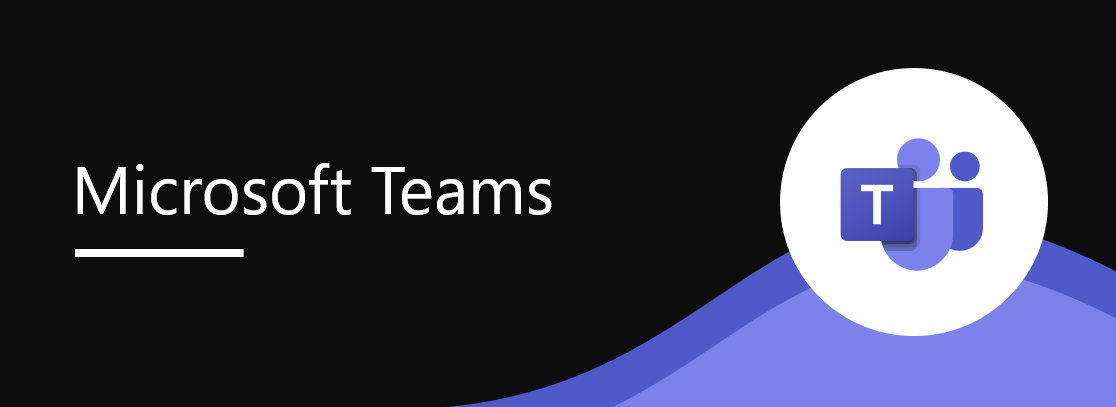Teams meetings to support view-only attendees
We originally communicated this in MC240169 (Feb ’21). Currently, Teams meetings are limited to 300 users. If someone tries to join a meeting after it reaches capacity, they are unable to do so. With this update, meeting organizers who are assigned an appropriate license will be able to host a Teams meeting that has overflow capacity.

Up to 20,000 view-only attendees may join a meeting from late February through the end of June in order to accommodate heightened remote work scenarios. After July 1, 2021 we will support only 10,000 view only attendees.
Note: This capability will be available to users with the following licenses: Office 365 or Microsoft 365 E3/E5/A3/A5/Business Standard/Business Premium. For the rest of 2021, we are offering temporary availability to Teams users to try the features with their existing commercial subscription.
This message is associated with Microsoft 365 Roadmap ID: 65952.
When this will happen
We have started to roll this out and expect to complete by end of April.
How this will affect your organization
When a tenant enables this overflow feature:
What you need to do to prepare
This feature is OFF by default for your users.
You may use PowerShell to enable this feature for your entire tenant while you prepare to assign the licenses.
- Set-CsTeamsMeetingPolicy -Identity Global -StreamingAttendeeMode Enabled
Note: The view-only attendance feature is provided using Teams streaming services.
Learn more
- After a meeting reaches capacity (300 users), people will be able to join as view-only attendees, with the maximum number limited by the phase.
- Organizers cannot remove view-only attendees from a meeting.
- View-only attendees will not impact the normal interaction available for regular attendees (those who joined before the meeting reached capacity).
- Once the view-only attendee limit is reached, no additional view-only attendees will be able to join.
- View-only attendees will follow all lobby and security policy mechanisms.
- View-only attendees will have limited access to meeting features. For example, view-only attendees will be able to listen to all audio and view a screen or window shared during the meeting. However, they will be unable to share audio or video, and they will be unable to see chat or other applications that are shared during the meeting.
- Meeting organizers will not see view-only participants in attendee counts or reports; this feature does not support the e-discovery of data
Message ID: MC250956


 HANDS ON tek
HANDS ON tek
 M365 Admin
M365 Admin








No comments yet